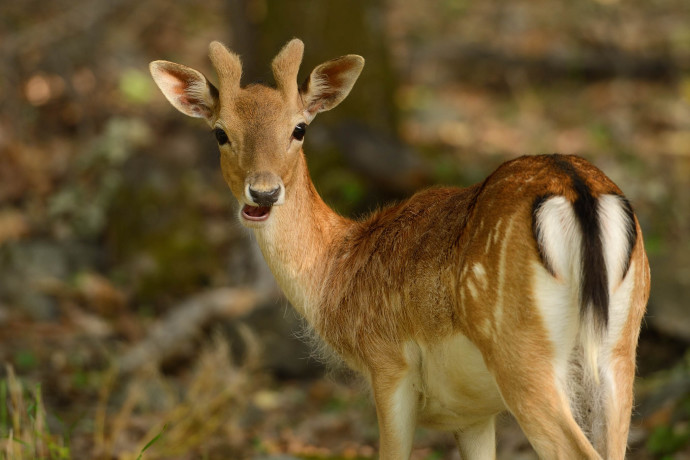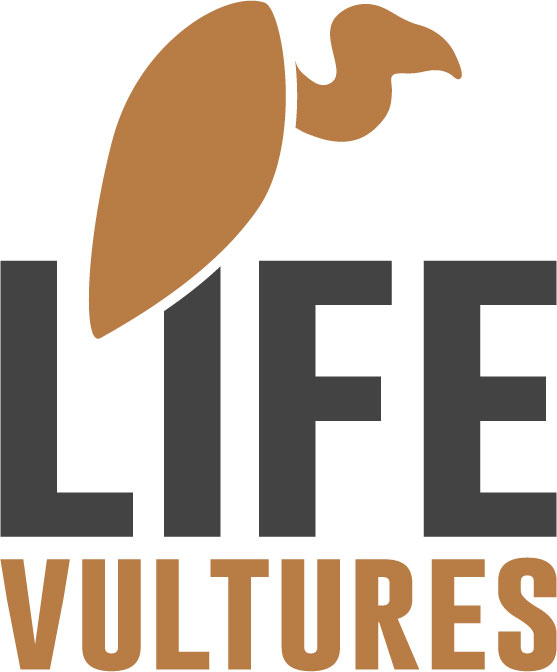In early February further progress was made in the rewilding of the Rhodopes area in Bulgaria. The Rewilding Rhodopes team released nine red deer in the nature reserve of Studen Kladenets, and a group of fallow deer near Tintiava, in the Eastern Rhodopes.

Introducing small groups of animals over successive years is proving a good way to establish viable red and fallow deer populations. The 10-year aim of this reintroduction is to establish a new population of at least 50 free living red deer in this part of the Eastern Rhodopes. Additional animals should be translocated to Studen Kladenets and other wilderness areas in the Rhodope mountains later this year.
Later this month four more red deer will be equipped with GPS-GSM transmitter, to monitor their wellbeing and location, while extra security will be provided by reserve management for the protection of all animals. The team has also placed several photo traps at different location for better continuous monitoring of fallow and red deer populations in the area.
The red deer is one of the wild animals typically found on paintings in ancient Thracian tombs. But in recent times it has been driven to the edge of extinction in the Rhodope mountains as a result of poaching. Before the reintroductions, only a few dozen deer survived in the border areas of the Eastern and Western Rhodope mountains, and in the Zhenda hunting reserve.
The Studen Kladenets red deer reintroduction area extends over 5,600 hectares on the southern bank of the Studen Kladenets Lake near Boynik mountain. The nature reserve hosts a population of over 1,000 fallow deer, which inhabit the area freely.
 Home to a stable population of wolves, the Rhopdes region is famous for its rich biodiversity. The area is also the last Bulgarian stronghold of black and griffon vultures. One of the key activities of the LIFE Vultures project, the release of fallow and red deer will hopefully increase natural food availability for Bulgaria’s only indigenous griffon vulture population.
Home to a stable population of wolves, the Rhopdes region is famous for its rich biodiversity. The area is also the last Bulgarian stronghold of black and griffon vultures. One of the key activities of the LIFE Vultures project, the release of fallow and red deer will hopefully increase natural food availability for Bulgaria’s only indigenous griffon vulture population.
